Painting Mustang wheel wells is a task that has given modelers headaches for years. At first glance – what could be simpler? Just a few details in aluminum and some yellow-green primer. In practice, however, it turns out to be one of the trickier jobs.
Why? Because in the P-51B/C and early P-51D Mustang wheel bays you need to reproduce the contrast between stringers and the spar coated with zinc chromate primer (a light yellow–green shade) and the ribs and ceiling of the wheel bay left in natural metal.
Masking such thin strips in 1/72 scale is both difficult and time-consuming. The problem becomes even worse in kits where the ribs are molded together with the ceiling – in that case, you have to paint tiny raised details without being able to use masking tape effectively.
P-51 B-5 Mustang „Ding Hao”flown by Maj. James H. Howard, early 1944. Note color of wing spar (Zinc chromate) and wing ribs (aluminium). Photo: wikipedia.
Why Were Mustang Wheel Bays Colors So Complicated?
The source of this problem lies in attempts to speed up aircraft production. As noted by Dana Bell, a world authority on U.S. aircraft painting of the 1930s and 1940s, the landing gear bays of the early Allison-engined Mustangs were painted with aluminum lacquer. Later, North American Aviation obtained a special waiver that accelerated production under wartime conditions. Starting with the P-51B/C versions, some components were left unpainted, while critical parts were coated with zinc chromate primer.
In later P-51D production blocks, the entire bays were painted in this color, which greatly simplified maintenance — and today also makes life easier for modelers.
Color scheme of the landing gear bay in early P-51D-5/D-10 series (as presented on the parts of the Arma Hobby 1/72 model). Steel elements painted with anti-corrosion Zinc Chromate Primer, aluminum elements in natural metal finish.
How We Made Painting Wheel Bays Easier in Our P-51D Mustang Kit
Learning from the challenges posed by the B/C version, in our P-51D Mustang kit we designed the wheel bays to be much easier to paint and assemble.
-
Painting – the spar, the wall between the bays, and the ceiling are painted in zinc chromate primer, while the separate part with the ribs and front wall is painted in aluminum.
-
Wheel bay decal – a special decal with realistically rendered aluminum strips is applied onto the painted ceiling.
-
Assembly – only after applying the decal is the rib-and-front-wall part glued in place.
This smart design makes our P-51D Mustang model wheel bays friendly for both beginners and advanced modelers. No tricky masking, no risk of paint bleeding under tape – just neat and accurate results.
Conclusion
Choosing the correct P-51D Mustang wheel bays colors is historically important, but reproducing them doesn’t need to be a nightmare. With the B/C versions you can enjoy the classic challenge of replicating the real aircraft’s mix of steel and aluminum. With our P-51D Mustang kit, you benefit from clever engineering and wheel bay decals that make the process easier while keeping historical accuracy.
Thanks to these solutions, our Mustang is modeler-friendly: easy to assemble, easier to paint, and guaranteed to give you a realistic look in the wheel wells.
More interesting stuff:
Modeller happy enough to work in his hobby. Seems to be a quiet Aspie but you were warned. Enjoys talking about modelling, conspiracy theories, Grand Duchy of Lithuania and internet marketing. Co-founder of Arma Hobby. Builds and paints figurines, aeroplane and armour kits, mostly Polish subject and naval aviation.
This post is also available in:
 polski
polski



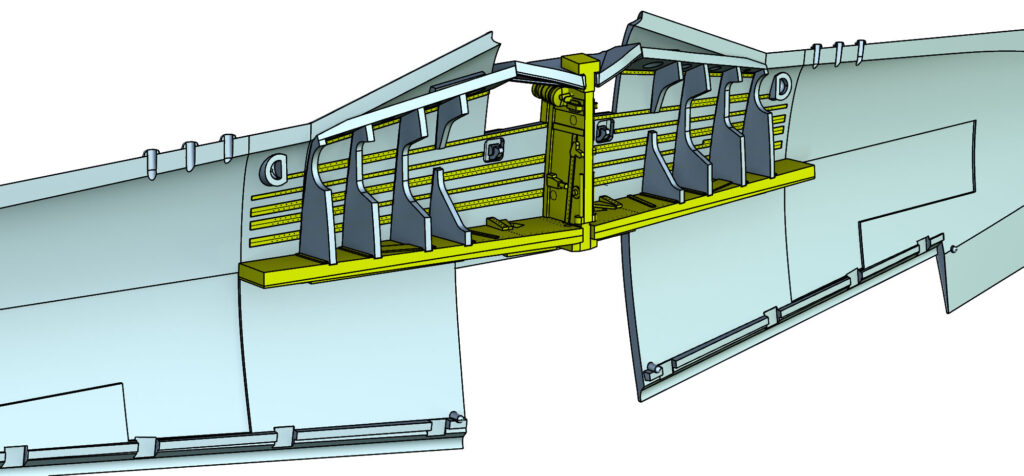
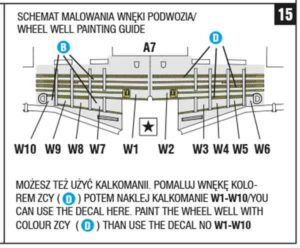
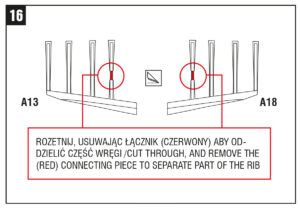
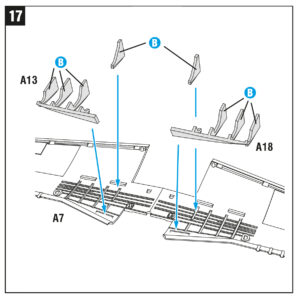
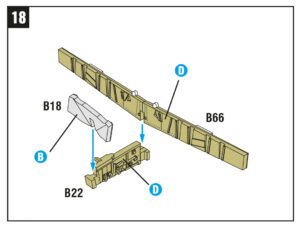
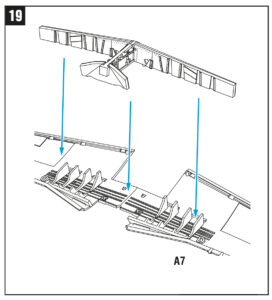

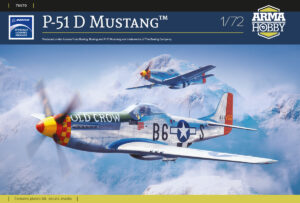
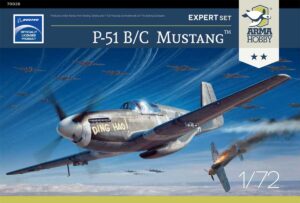
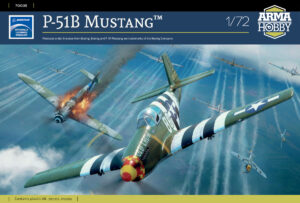
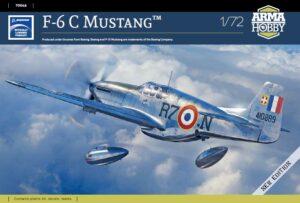
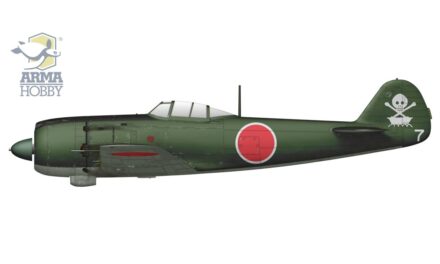
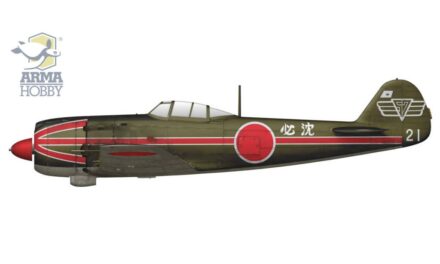
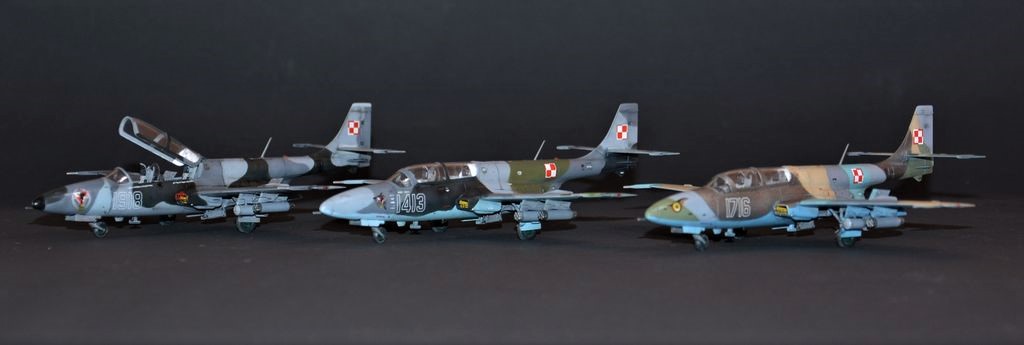
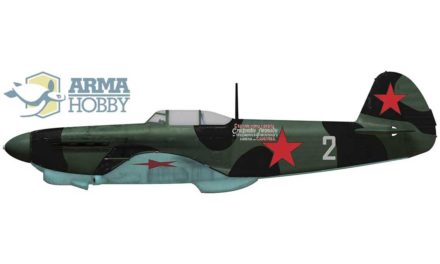
Congratulations for this article!!!!! Thanks for this explanation.
Please stop interupting my visit with a million annoying pop ups
We are overwhelmed with options, but let’s check what we can do.